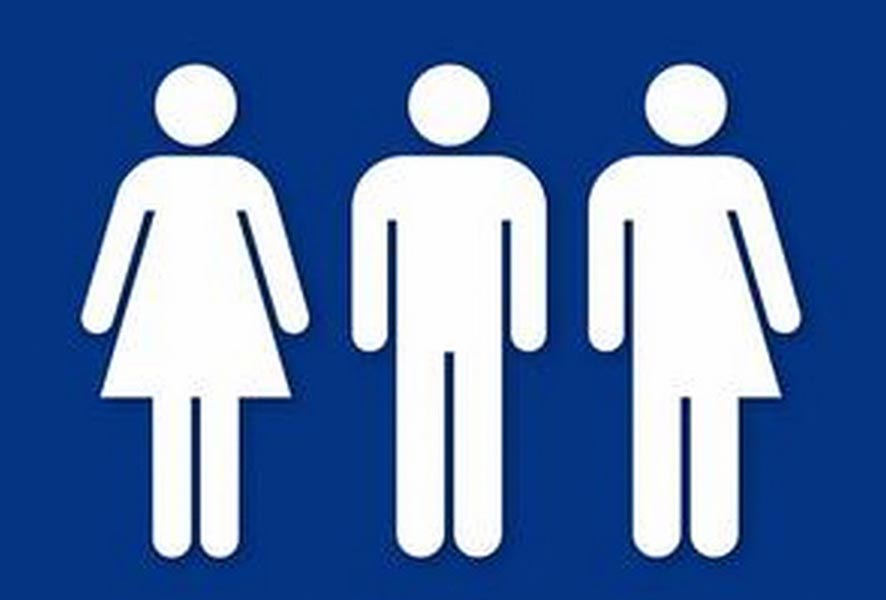In what could be the first city-sponsored initiative of its kind in the nation, Philadelphia this month launched an interactive online guide to help trans, gender-nonconforming and others locate gender-neutral restrooms in the region.
The Gotta Go Guide was pioneered by Nellie Fitzpatrick, director of the Office of LGBT Affairs. The website and mobile app are powered through Google Maps and will be managed by Fitzpatrick’s office.
The map tracks public, commercial and governmental buildings that offer gender-neutral restrooms.
It is illegal in Philadelphia to deny access to a sex-segregated restroom that comports with someone’s gender identity but, Fitzpatrick noted, the law can’t always prevent prejudice.
“People should be able to access a bathroom that fits their gender identity but there are ongoing issues of harassment, bullying and true danger from other people using these bathrooms with them, customers, security guards, business owners,” she said. “Society as a whole needs to be educated about our laws and the rights people have and people need to stop policing other people’s gender in the restroom.”
In 2013, Philadelphia adopted a law mandating all newly constructed or renovated municipal buildings include gender-neutral restrooms.
“Although we have this ordinance, a lot of city buildings were built before it was enacted or haven’t been renovated yet, so that leaves us with a lot of spaces in our city that don’t have the facilities we know we need to provide,” Fitzpatrick said. “I know I can’t pick up a sledgehammer and wrench and make these bathrooms myself, but I can provide the city and community with a tool to access the bathrooms that are in existence, beyond government buildings.”
Fitzpatrick noted that, in addition to affecting trans and gender-nonconforming individuals, segregated restrooms also impact parents caring for children of the opposite sex.
As of presstime, the Gotta Go Guide contained more than 130 locales, from restaurants and bars to libraries and community centers.
Proprietors of establishments with a gender-neutral bathroom are invited to submit their property for inclusion, and are encouraged to provide as much detail as possible about the location of the gender-neutral restroom.
“We’re looking to provide more than just, ‘Yes, there is a bathroom here,’ but actually specific information like, ‘Inside to the back-right side of the building, you’ll find two single-occupancy, gender-neutral restrooms.’ That will help alleviate that real and legitimate anxiety of not knowing if there is a space where you can simply use the restroom safely,” Fitzpatrick said. “This is something people can check before they leave the house in the morning. If they’re going to dinner or lunch or working somewhere, they’ll know where they can access safe bathrooms.”
To access the guide, visit http://bit.ly/1FD8Rw9.

